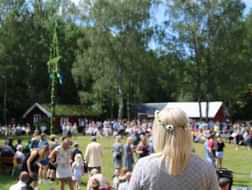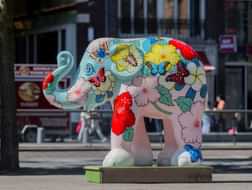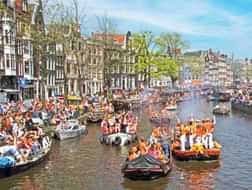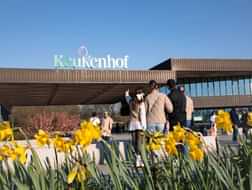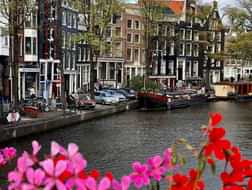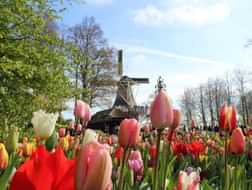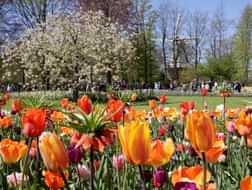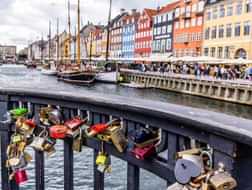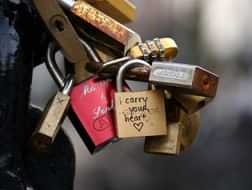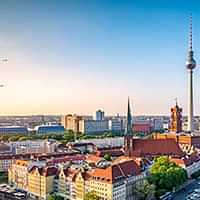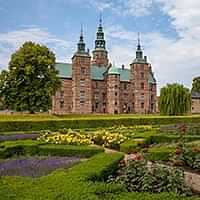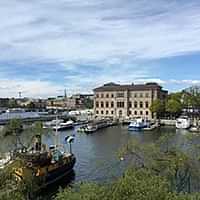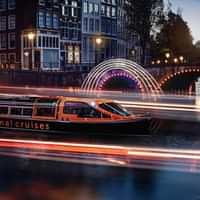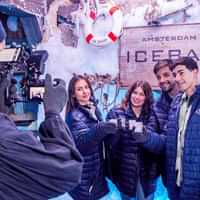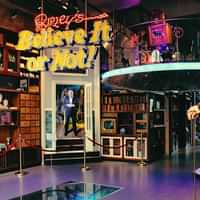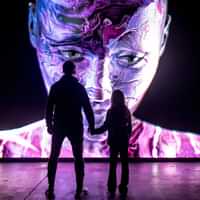8 Famous and infamous statues in Rotterdam

Rotterdam, a vibrant city in the Netherlands, is not only known for its modern architecture and bustling port but also for its remarkable collection of statues that dot its streets and squares. From thought-provoking statues to controversial works of art, these public sculptures contribute to Rotterdam's unique artistic landscape. Read on to learn more about eight famous and infamous statues that have become iconic symbols of the city's rich cultural heritage.
Moments Contained
One of Rotterdam’s newest statues stands outside the city’s Central Station. ‘Moments Contained’ was revealed on 2 June 2023 and became an immediate draw. The bronze statue created by artist Thomas J. Price portrays an ordinary-looking black woman in tracksuit bottoms and trainers. She represents every woman, especially in a port city like Rotterdam where 55% of the population has migrant origins.
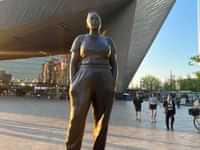
Statue of Erasmus
From one of the city’s newest statues to of the oldest of both the city and the country, the Erasmus sculpture was first unveiled in 1622. Back then, Desiderius Erasmus was often considered an ordinary man of modest birth, not someone worthy of a statue such as those of nobility or the church. Today he is seen as a renowned Renaissance scholar and humanist who was born in Rotterdam and whose name is now a staple in the city.
The bronze sculpture stands before the Laurenskerk. It was designed by Hendrick de Keyser, and portrays Erasmus holding a book and stands as a symbol of knowledge, enlightenment, and Rotterdam's intellectual legacy. Once the sculpture had a high sheen but over the centuries the bronze has oxidised and due to various treatments, the statue’s appearance has varied between bright green and deep black.
The Destroyed City
Located on Plein 1940, ‘The Destroyed City’ statue is a powerful symbol of Rotterdam's resilience and rebirth after the devastating World War II bombings. Designed by Ossip Zadkine, this bronze sculpture depicts a fragmented human figure, symbolizing the destruction caused by the war. It serves as a poignant reminder of Rotterdam's tragic past and the indomitable spirit of its people.

Memorial to the Fallen 1940-1945
‘The Destroyed City’ is not the only statue in the city to remember the Second World War. Another is ‘Memorial to the Fallen 1940-1945’ on City Hall Square. On a large plinth, between the old City Hall and the modern buildings on the Lijnbaan, two men, a woman and a child convene. Together they represent various aspects of the years following the war.
The bowed head of the woman depicts the grief over the past, the man with the shovel symbolizes the optimism of rebuilding; and the other man and child signify the link between these two extremes. The plinth bears both an inscription and a poem. The inscription Sterker door strijd (Stronger through struggle) were spoken by Queen Wilhelmina when she returned from England after the war and form the motto of the city of Rotterdam.
The Bow
A third sculpture in Rotterdam commemorating part of the Second World War and its victims is the ‘The Bow’ (De Boeg) by Frederico Carasso. It is the National Monument for the Merchant Navy and stands in memory of those who died at sea during the war. This 46-metre high statue can be found on the Boompjeskade, near the Eramus Bridge.
The sculpture is a stylised ship’s bow as it ‘cuts’ through concrete waves. Even before the statue was unveiled in 1957 there was criticism of the statue for lacking a human element. In 1965, bronze figures were added to the foot of the statue, as well as the text Zij hielden koers (They stayed the course).
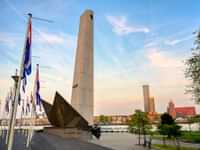
Marathon Sculpture
Gifted by the Rotterdam Marathon Foundation, this statue stands 5.5-metre high, though it appears smaller from a distance. The Rotterdam Marathon has been a staple on the marathon calendar ever since it was first held in 1981. Twenty years later, the statue was given to the city and placed along the route of the marathon at the foot of the Erasmus Bridge.
The steel statue is covered in 20 different colours which symbolise the many different nationalities of the participants of the annual marathon. On the base of the statue, you can read the names of the winners of the marathon, with space left free for future winners.
Santa Claus (Kabouter Buttplug)
This controversial statue, officially named ‘Santa Claus’, is popularly referred to as the ‘Gnome or Leprechaun Buttplug’, Kabouter Buttplug. Created by Paul McCarthy, an American artist, the statue caused a stir when it was installed in Rotterdam. The towering sculpture depicts Santa Claus holding a Christmas tree, though the tree has a remarkable resemblance to a butt plug.
The statue’s design is the reason why it was never placed where it was originally intended, at the Stadsschouwburg, as people felt it was inappropriate. Instead, the statue was first placed in the courtyard of the Boijmans van Beuningen Museum, where Kabouter Buttplug remained for three years. In 2008, the statue moved to Rotterdam's Eendrachtsplein, where it continues to draw attention in all manner of ways.
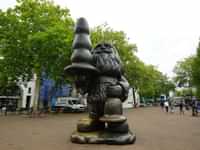
L’Homme Qui Marche
Also known as ‘The Walking Man’, L'Homme Qui Marche is an iconic bronze sculpture created by Auguste Rodin. This statue, located in Museumpark, depicts a man in mid-stride, capturing a sense of movement frozen in time. It represents the universal human condition, portraying a figure caught between progress and contemplation.
The statue is part of the Westersingel Sculpture Route. The Westersingel connects Rotterdam’s Museum Quarter to China Town. Along the way you pass by 17 works of art, including L'Homme Qui Marche, La Grand Musicienne by Henri Laurens and works by Carel Visser, Joel Shapiro and Umberto Mastroianni.
Our top tips

